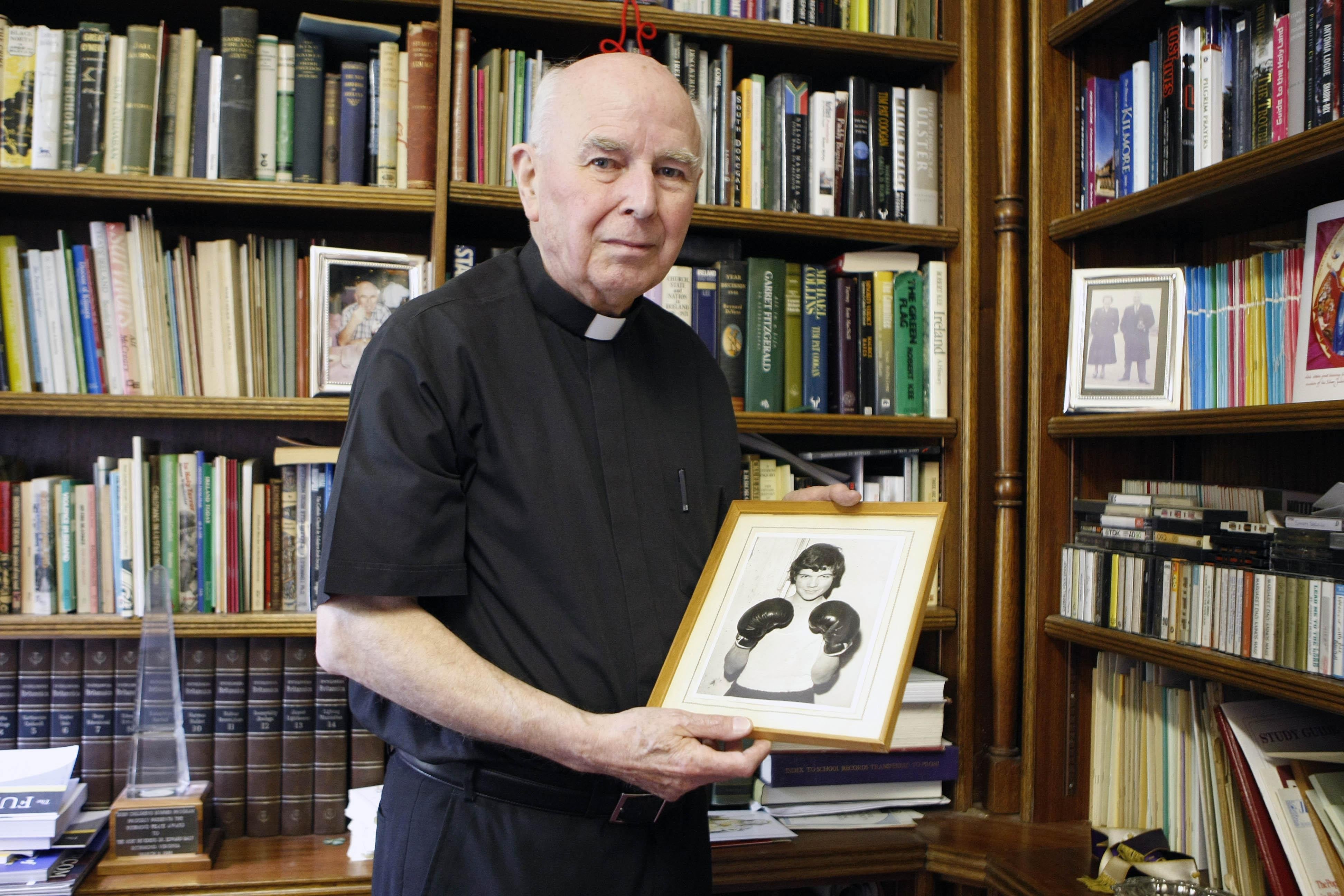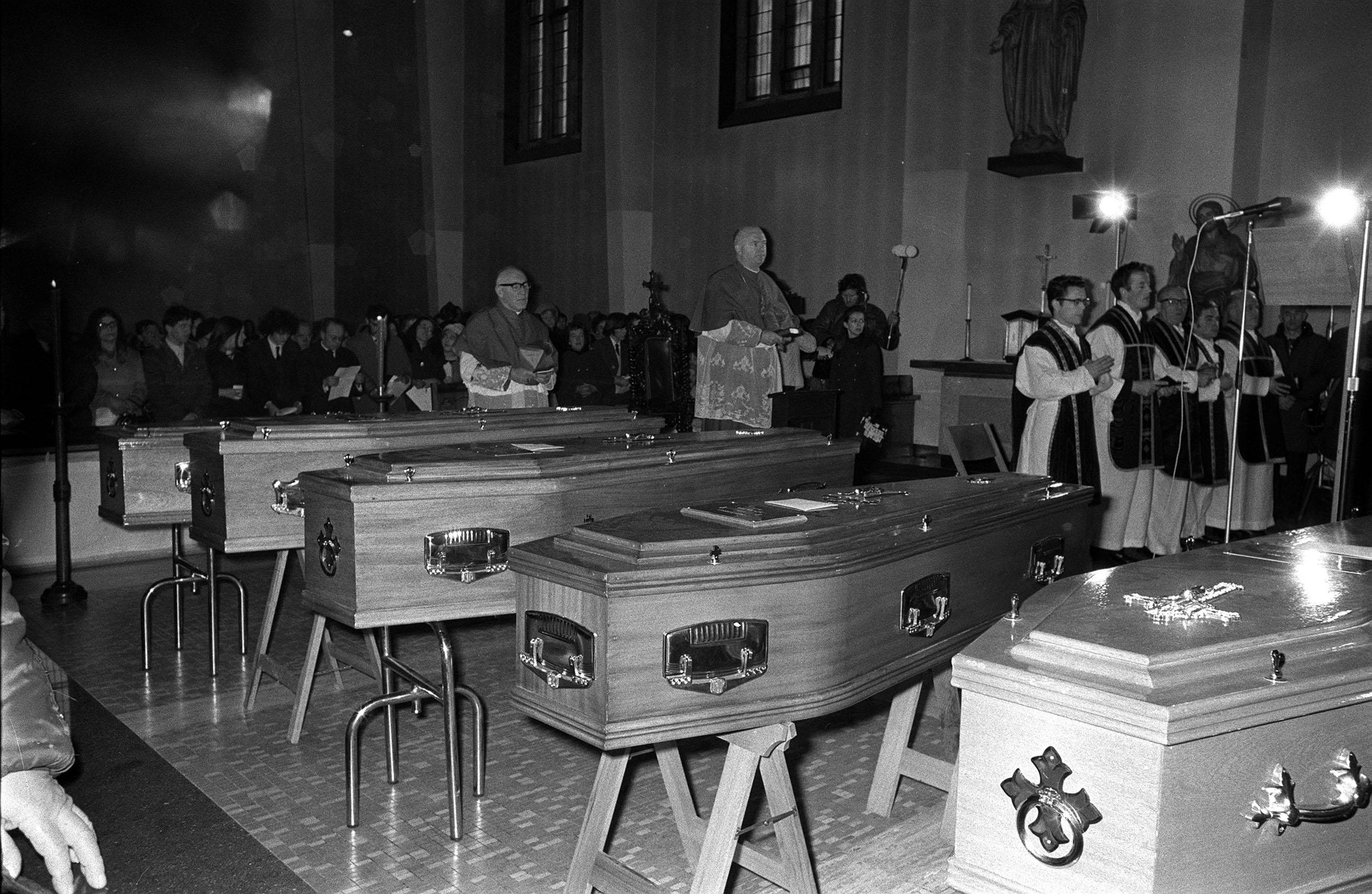
For those bereaved on Bloody Sunday, the hasty judicial inquiry conducted in its aftermath deepened their wounds and left them festering for decades.
The controversial fact-finding exercise by then Lord Chief Justice John Widgery, which effectively absolved the soldiers of any blame and claimed many of the dead had been armed, has long been dismissed by victims’ families as a complete whitewash.
Their outrage at the Widgery Report, which at its most critical said the soldiers’ actions “bordered on the reckless”, spurred the subsequent campaign for a fresh investigation, which culminated in 1998 when then prime minister Tony Blair ordered the Saville Inquiry.

The late former Bishop of Derry Edward Daly, who tended to the dying as shots rang round him on Bloody Sunday, encapsulated the sentiments of many in the city when he spoke about the Widgery Report in 2010.
“I always call Widgery the second atrocity, which it was,” he said.
The inquiry had been ordered by then prime minister Edward Heath and was announced by UK home secretary Reginald Maudling the day after the shootings. He did so after telling the House of Commons that the paratroopers had acted in self-defence, returning fire after coming under attack from gunmen and bombers.
Mr Heath appointed Lord Widgery the following day and he started hearing evidence within a fortnight.
A Second World War brigadier who took part in the Normandy landings, his military background did little to instil confidence among the people of Derry that he would be impartial.
The Government’s decision not to hold the hearings in Derry but in the predominantly unionist town of Coleraine further undermined relatives’ faith before the tribunal even began.
While the subsequent Saville Inquiry took five years to gather evidence, Lord Widgery completed the task in little over a month.

Lord Saville collected 2,500 witness statements; Lord Widgery heard from 114, and a number of those who had been shot, some still recovering in hospital, were not even called. Hundreds of written statements made by other civilian witnesses were not admitted.
This prompted calls for local people to boycott the probe.
Lord Widgery’s findings were published on April 19 1972.
In short, the inquiry exonerated the soldiers who fired the rounds and claimed there were strong suspicions that some of those killed had been discharging weapons or handling bombs on the day.
The conclusions provoked outrage in Derry and acted as a powerful catalyst for the families’ long campaign for justice.
It would be almost 40 years before the findings were overturned with the publication of the Saville Report.







